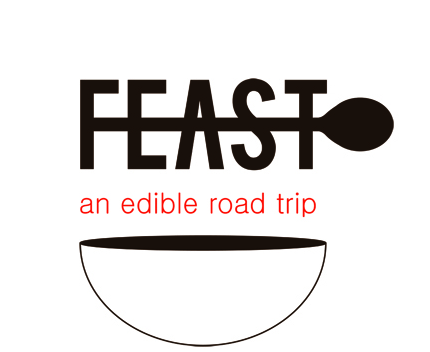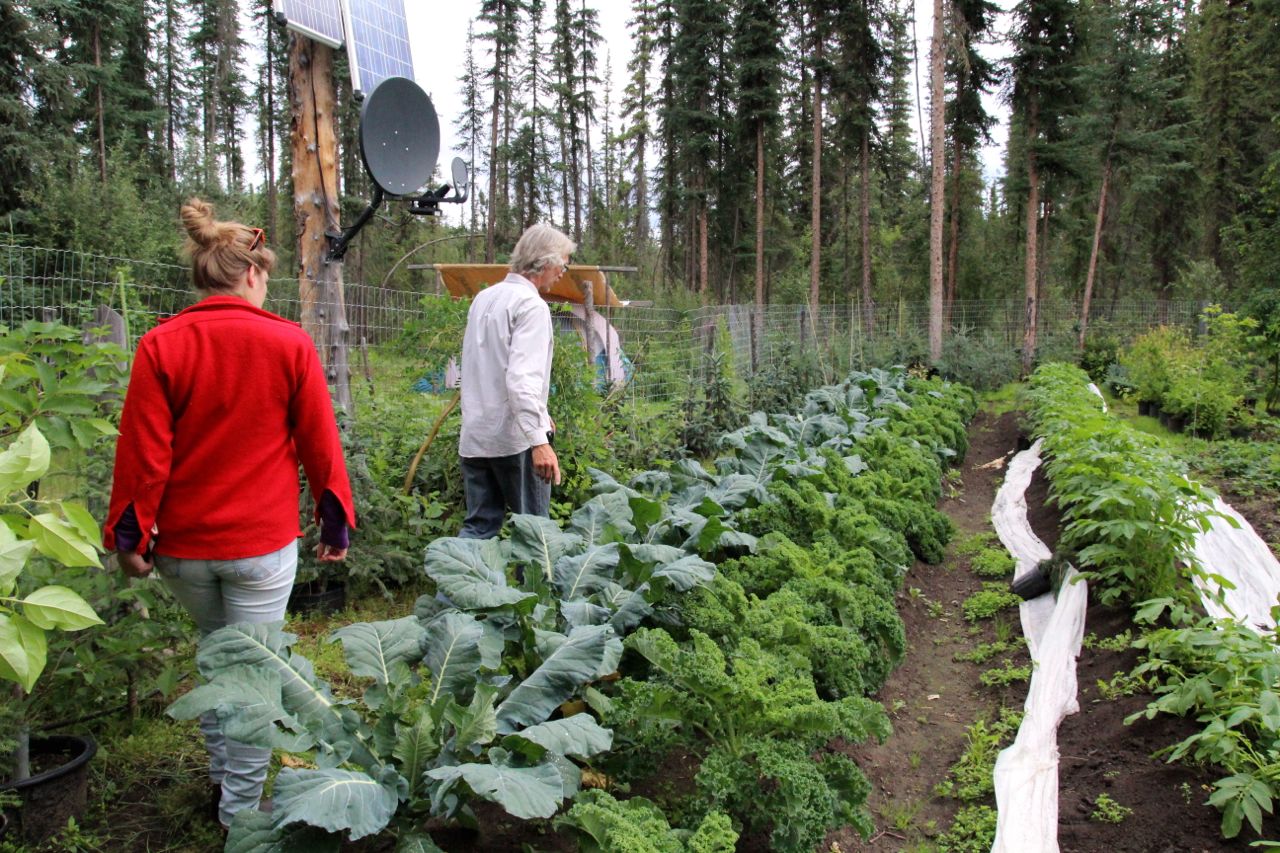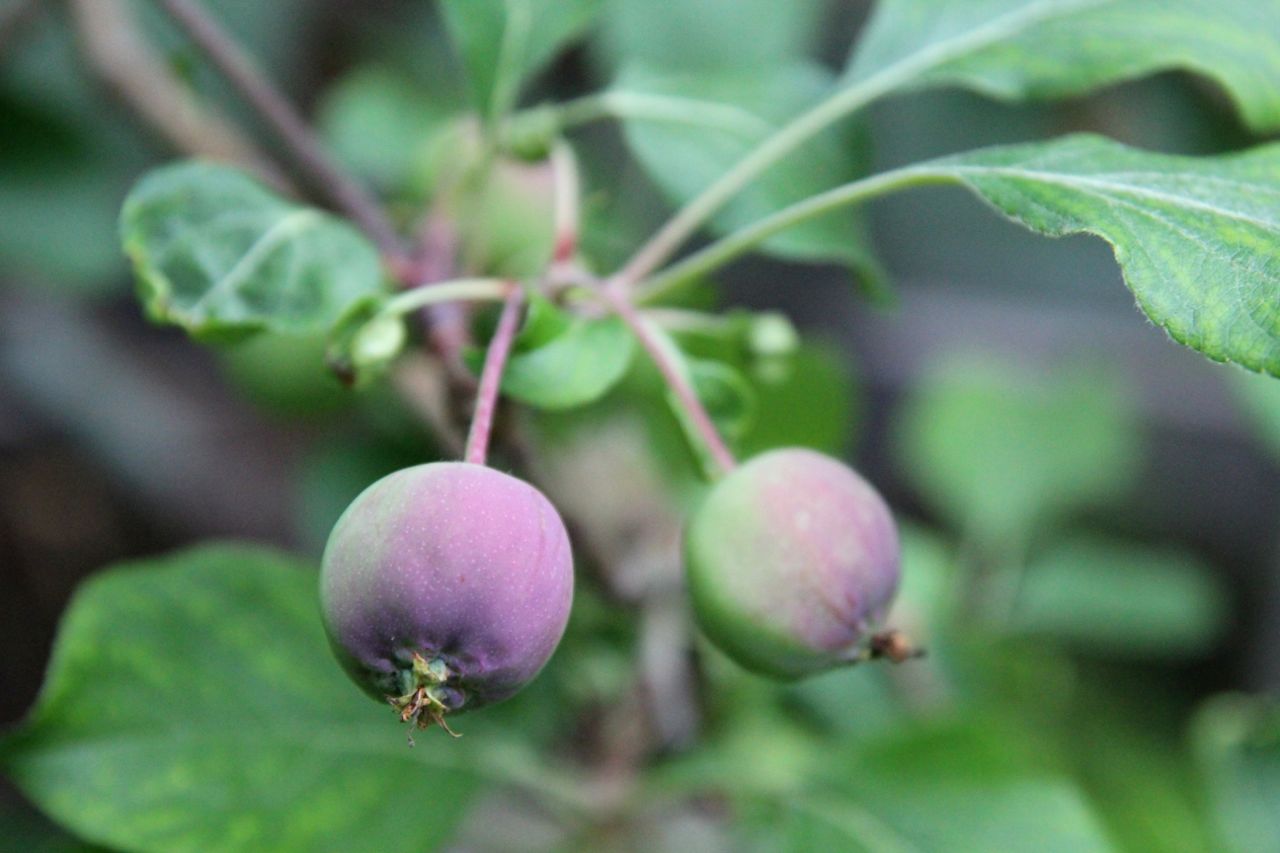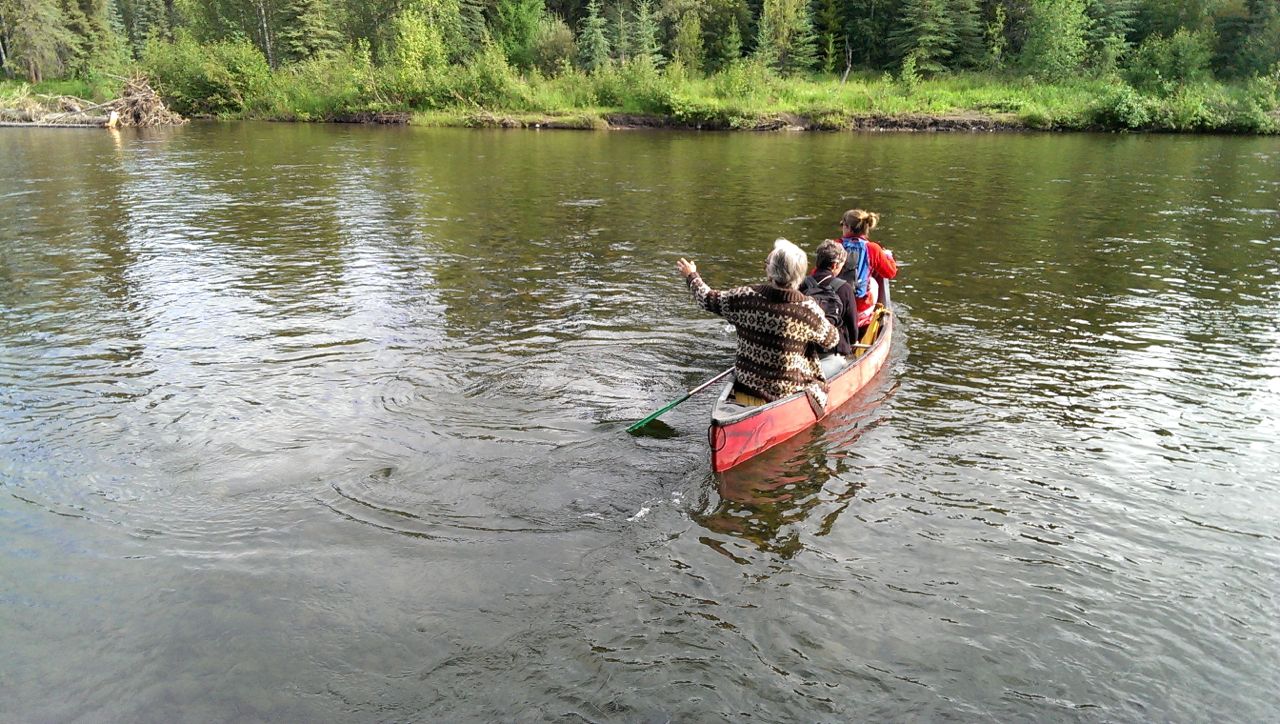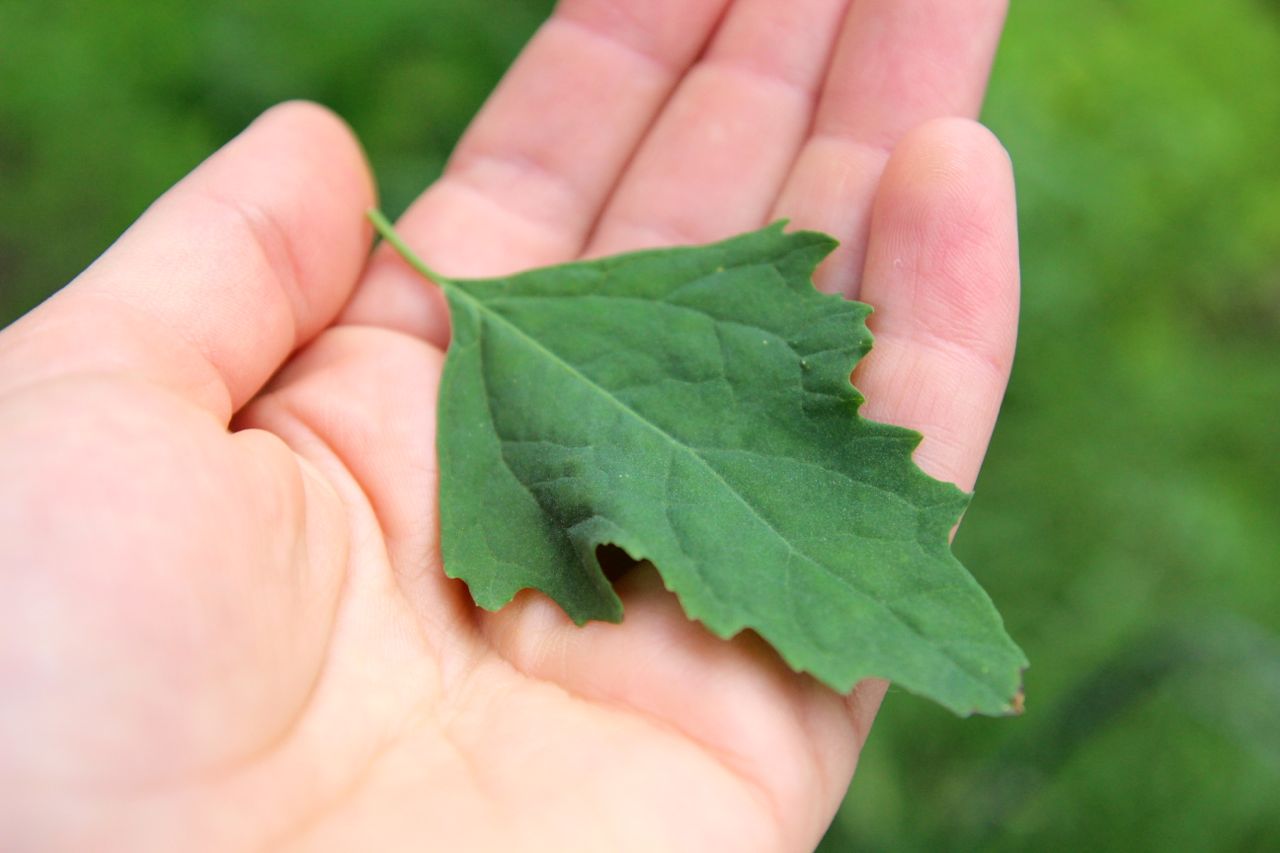Apples and Cloudberries Across Rivers
Usually when you give someone instructions to your house, it involves a bit of driving. On roads. To get to John Lenart’s place, you need to drive, park, get in a canoe, paddle, get out of that canoe, get in another canoe, paddle, and then you’re there. This delightful journey was one of the many reasons I love the Yukon!
John Lenart and his wife live on a remote, off-the-grid property outside of Dawson City, and run a tree nursery called Klondike Valley Nursery. Everything they have has been canoed over, a terribly impressive feat considering all that’s there.
John first bought the property as a young man in 1986, though he wasn’t sure then what he’d do with it. He first built himself a teepee to live in, and began clearing the thick brush. Over the years he opened up more and more land, and now has a huge garden, multiple greenhouses, and an entire field dedicated to raising various kinds of coniferous trees and berry bushes.
One of his most intensive projects is experimenting with varieties of apple trees to see which can survive in the north. In cooperation with the plant sciences department at the University of Saskatchewan, he’s planted and raised hundreds of varieties, whittling them down to the few that make it through the Yukon’s long, cold winters.
In addition to planting seedlings and growing trees from seed, John experiments by grafting different varieties onto the same root stalk (tree trunk). If he grows one variety that survives but the fruit proves to be unpleasant, he simply lops off the branches, and grafts several new varieties onto the strong root stalk! One of his trees is currently growing at least six different kinds of apples; this technique allows him not only to see which varieties thrive, but also which ones produce the best tasting fruit.
In his gardens and greenhouses, John and his wife grow huge amounts of fruit and vegetables, including kohlrabi, broccoli, kale, Romanesque cauliflowers (one of my favourites - apparently Dawson is a Mecca for them!) basil, tomatoes, zucchini, grapes, melons, and more.
At the back of the property we learned about haskaps, a sweet berry that’s not native to the north, but has proven to grow well in the Yukon. John has three or four varieties, each with a slightly different taste (the strongest tasted almost wine-like to me), and all had the characteristic oblong shape and tart skin. We loved them.
We also were introduced to our first Swiss Stone Pine, the largest pine nut producing tree in the world. They’re not the highest quality pine nuts, but apparently volume is not a problem!
Michele and her husband Hector were also thrilled to hear John had discovered cloudberries on his property, an elusive berry that only grows up north.
They're bright orange, have almost syrup-like juice, and have a very distinct taste, like a tart apple mixed with sharp cheese. They're widespread in Scandinavia (here's a great Norwegian article about them), and we tasted a Finnish cloudberry liqueur at Miche and Hector's.
While hunting for cloudberries, we also came across bog cranberries!
In addition to the plants and trees, John and his wife have chickens and a herd of adorable dogs (two of them, Oz and Peggy, accompanied us on our tour).
Sometimes they’re joined by moose (drawn by the brassicas), and Oz, approximately 1/1000th of their size, runs them off the property quickly.
John is an unbelievably knowledgeable man, and we listened with rapt attention for the hours we were there.
He lives quietly in the north, practically unknown, and yet his work is invaluable to issues of Canadian food security in the North. We felt privileged to learn from him, thankful he didn’t mind how many haskaps we managed to eat, and so pleased to be canoed across two channels, twice. THANK YOU JOHN!
-LA
*This was submitted to the Canadian Food Experience Project to address this month's theme of a regional Canadian Food Hero.
